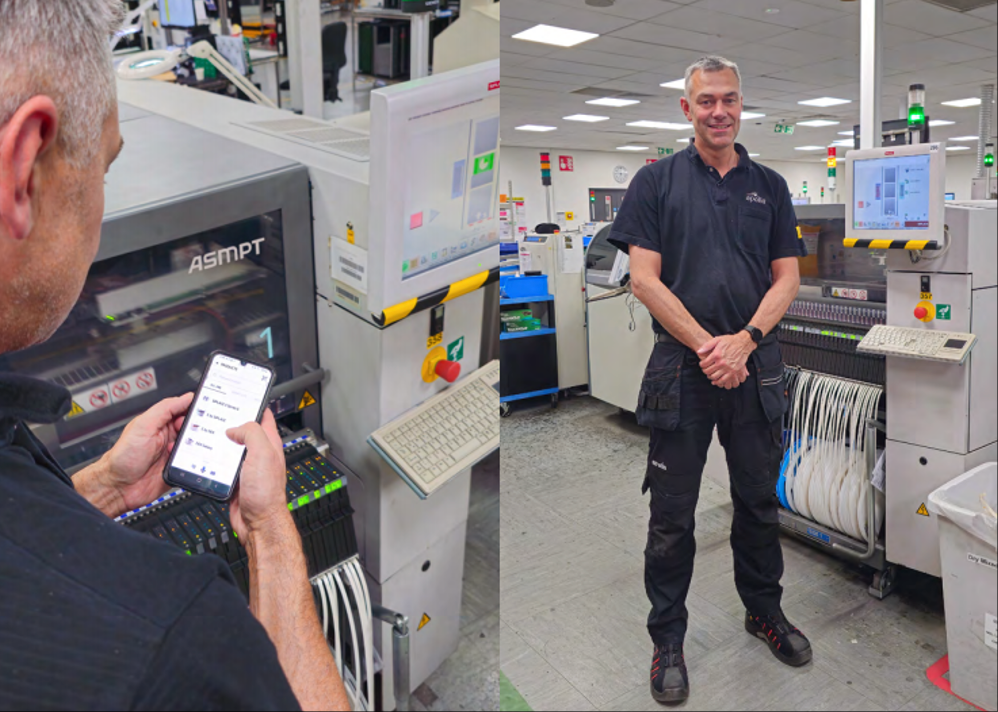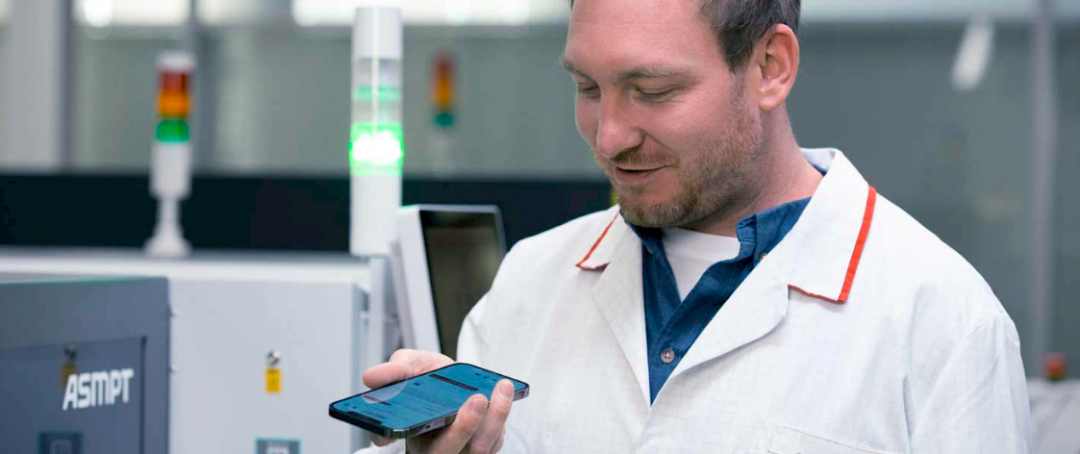BOREY wishes you a happy Goddess Day!
2025-03-07
Undefined, ageless—be the queen of yourself, shining brightly in what you love.
BOREY wishes you a happy Goddess Day!
Latest News
Contact us
Sales phone:18531636625Same as Wei
After-sales phone:18531636625
Official phone number:18531636625
Follow us

Follow our official WeChat public account
Or search for "Borui Advanced"
Even more exciting things await you!




